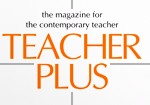An autobiography of a novice teacher
Abdul Basith
My schooling
As students, the knowledge we assimilate is shaped by our experiences and the teachers who nurture us. A teacher plays a pivotal role, much like a gardener tending to a garden, ensuring that each child blossoms with love, patience, and guidance. Reflecting on my journey, I feel grateful to all those educators who shared their knowledge with me and inspired me to become a teacher myself and help struggling students like me.
As a student, I went to different schools in Kerala. Malayalam is my mother tongue, and all other languages were new for me. From primary school to the seventh grade, I studied in a Malayalam-medium school. However, in eighth grade, I transitioned to an English-medium school. I struggled with English grammar and spellings. But, the unwavering support of my parents and the encouragement of a dedicated teacher made this transition smoother. My English teacher’s influence instilled in me a love for learning and a commitment to teaching.
Stepping in to the education field
My decision to pursue education as a career was shaped by an individual who left a profound impact on my life. After completing my BA in English Literature, I contemplated enrolling in a B.Ed. program. However, the fieldwork aspect of an MA in Education piqued my interest, as it would provide me with firsthand experience of real classroom dynamics. The teaching internship I did during this course helped me understand that teaching extends beyond textbooks—it involves navigating ground realities and encouraging meaningful learning experiences.
The joy in those students’ eyes who were formerly pushed aside for falling behind is what inspires me the most as a teacher. The smiles we bring on and the hope we inspire are the sparks that keep me on walking this path. I witnessed an incident where a teacher hesitated to acknowledge a student’s effort because of her preconceived notions. However, the class’s collective insistence ensured that the student was rewarded fairly, reinforcing my belief that judgments and prejudices have no place in a teacher’s heart. Every child deserves a fair chance.
My journey as a teacher
I strive to create an inclusive and supportive environment where students feel valued and are encouraged to make mistakes and learn from them. In my classroom, boys and girls sit together in pairs. I frequently rearrange seating for group activities, ensuring that every student receives attention and engagement. My students see me as a friend who values their contributions, irrespective of their skill levels.
In my third week of teaching, students asked, “Will you remember us when you leave? Will you invite us to your wedding?” These questions reflected the bond I had built with them. Their excitement and curiosity during interactive activities affirmed their preference for engaging lessons over rote learning. I strive to balance my subject expertise with an understanding of students’ perspectives, learning levels, and cultural backgrounds.
Reflecting on my teaching journey, I have realized that empathy, resilience, and faith in every child’s potential are crucial. My first teaching experience was filled with both frustration and inspiration. I recall the heartbreak of hearing a third-grade student express his fear of English due to the corporal punishment he had received in the past. This moment solidified my commitment to providing a safe, nurturing learning environment.
One particular moment remains etched in my memory. I once wrote a Hindi word incorrectly on the board, and my students corrected me. This instance reinforced my belief that teaching is a reciprocal process of learning and growth. Small victories, such as a previously struggling student confidently narrating a story, made my efforts worthwhile. The spontaneous applause from his peers validated the inclusive environment I aimed to create.
I believe that all children can learn. This principle guides my lesson planning, ensuring inclusivity by accommodating diverse learning styles and abilities. Recognizing each child’s unique strengths helps me encourage them to reach their full potential.
Building relationships with students has been one of the most fulfilling aspects of my teaching journey. Their enthusiastic greetings, engagement in lessons, and eagerness to share their thoughts highlight the relational foundation of teaching. On Children’s Day, their excitement to wear colourful clothes and participate in activities demonstrated the power of simple acknowledgments in creating a positive school culture. The depth of our bond was most evident on the last day of my teaching internship when students presented heartfelt gifts—pens, flowers, and handwritten notes. A girl tightly held my hand, her tear-filled eyes whispering, “Please don’t forget us.” Her words affirmed the impact I had made, making every challenge and effort worthwhile.
Inspired by Palmer’s philosophy of “teaching beyond technique” and recognizing “the teacher within,” (which he talks about in The Courage to Teach: Exploring the Inner Landscape of a Teacher’s Life) I realized that effective teaching is not solely about methods but about forming genuine connections with students. Teaching demands emotional investment and self-reflection, and the bonds I built with my students proved that education is fundamentally about relationships.
Starting my teaching career from scratch presented numerous challenges. The transition from being a student to standing in front of a classroom offered new insights into the realities of teaching. One striking experience was seeing a usually engaged student suddenly fall silent, her eyes brimming with tears. Upon inquiry, she shared that a lesson had triggered memories of her late father. At that moment, I realized that teachers must navigate not only academic learning but also students’ emotions and histories with empathy and care.
My journey forced me to confront and challenge my own biases. In the beginning, I observed that boys and girls hesitated to sit together in group activities. Initially, I viewed this as resistance, but deeper reflection revealed that cultural norms shaped this behaviour. Instead of imposing change, I gradually encouraged collaboration. This experience underscored the significance of cultural sensitivity in education.
As I reflect on my teaching journey, I realize that my smile has been my constant companion. My smile of warmth each morning while being greeted by my
students, my smile of strength in the class when my students understand what I am teaching, my smile of assurance when that student who was ignored by everyone raises his hand for answering a question, my smile of acceptance in difficult situations, and my smile of positivity when I see my students effectively using the TLMs (Teaching Learning Materials) I made. Just as my students’ smiles lit up the classroom, mine lit up my heart. I have learned that teaching is not just about giving knowledge, but about sharing joy, empathy, and resilience. As I close this chapter, I smile with the hope that the lessons I have taught and the love I have shared will continue to shape the lives of my students.
Abdul Basith is a BA English Literature Graduate, now pursuing MA Education in Azim Premji University, Bangalore. He can be reached at abdul.basithp23_mae@apu.edu.in.






